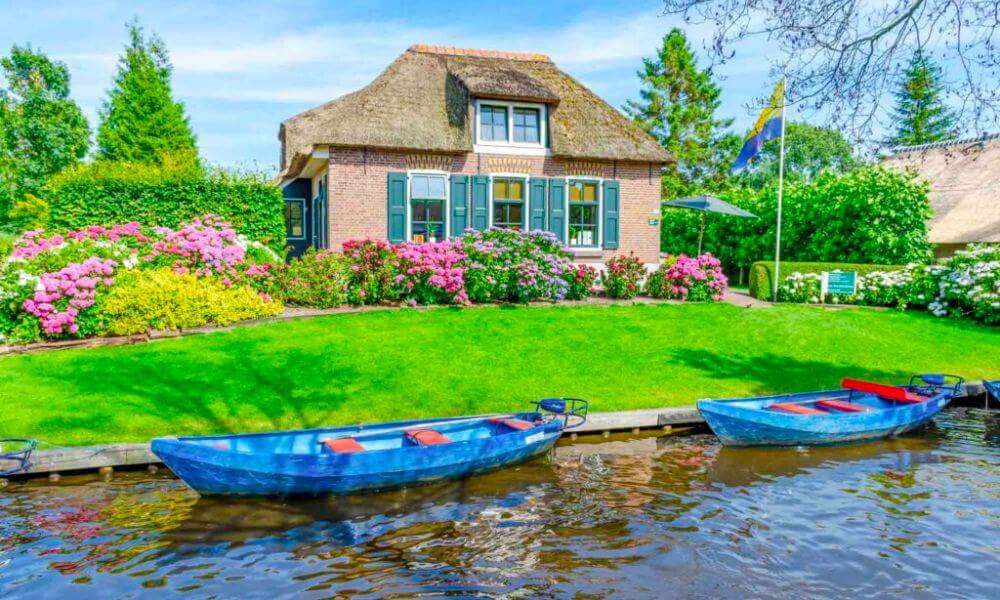Looking for a charming Dutch village to visit for the day? There are so many lovely tiny sites to discover!
We all know that Dutch cities are stunning. What about the villages, though? They, too, deserve to be loved. Furthermore, cities can be congested and crowded.
Instead of forcing your way through Amsterdam’s congested streets, consider visiting some of the serene, tranquil, and picturesque spots the Netherlands offers.
Not sure where to begin? Here’s a list of ten authentic Dutch villages you must see.
Beesel is a Dutch dragon village.
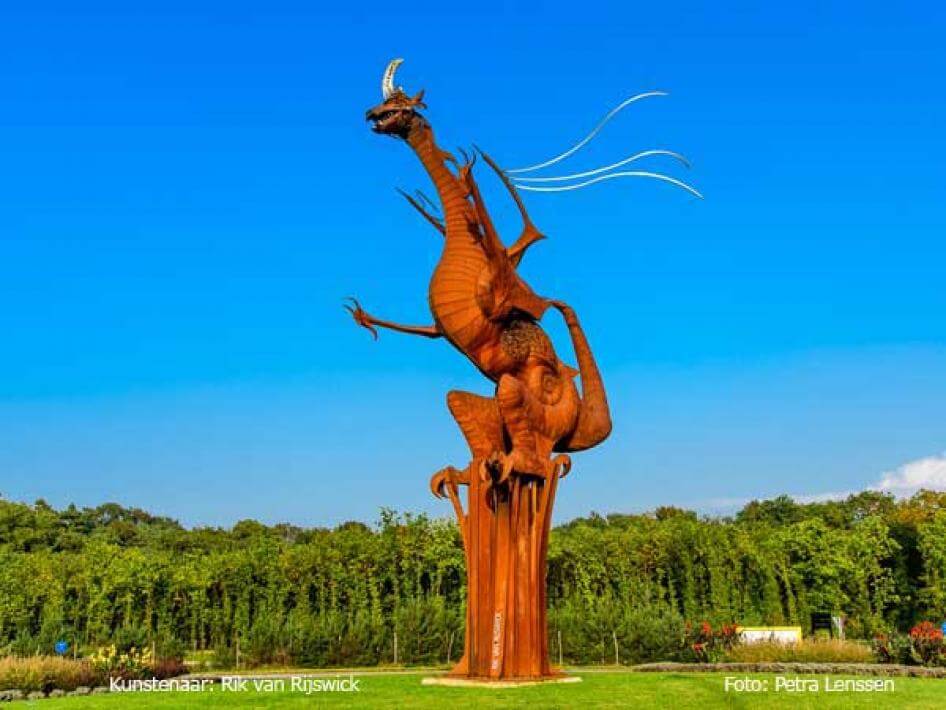
Beesel is a village in Limburg, a province in the Netherlands’ south. The village was founded in 1275, so it’s been there for a while. It began as a ship bench for about 500 years, belonging to Spanish Opper-Gelre until 1713.
Nieuwenbroeck castle is one of the village’s oldest remaining structures, and there is also plenty of exquisite neolithic architecture. It has a great, cosy vibe, as do all good communities.
It also boasts a meter-high dragon gracing its roundabout, alluding to the village’s annual practice of producing a show based on the fable of George and the Dragon.
De Rijp: home of the herring
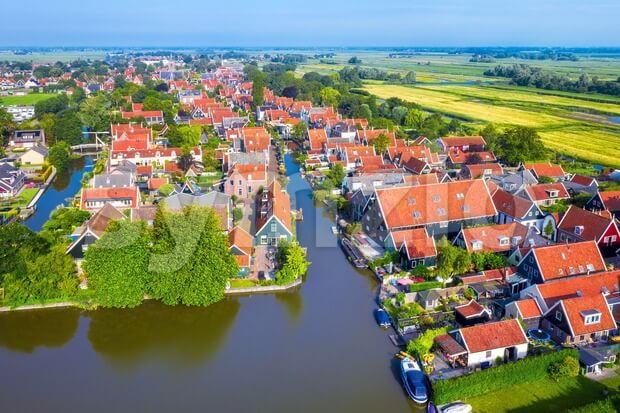
De Rijp is located in the municipality of Alkmaar in North Holland. If you’re interested in the Netherlands’ favorite cuisine, herring, this is the place to go!
Historically, it was bordered by lakes (which have since been pulverized). Therefore herring fishing was a lucrative source of income for the region.
De Rijp, being the possible birthplace of Holland, boasts some of the oldest wooden houses in the Netherlands. It also boasts some rather amusing stained glass windows in its church that depict, not God, but the next best thing: herring.
Fort or Dutch settlement? Naarden village!
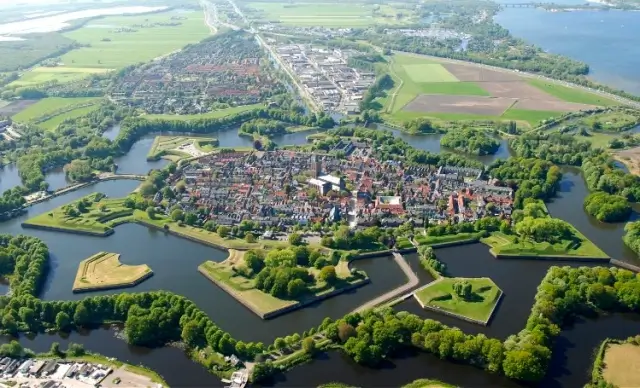
Naarden is a village that deserves to be seen from above – just look at that amazing town layout! Because it is a star fort, this settlement has an interesting shape. Its unusual shape was also significant in more recent times.
Allied bombers would celebrate when they sailed overhead during WWII, knowing they were on their way back to safe territory. Aside from that, the Dutch Fortress Museum is located in Naarden.
Kinderdijk: we’re big fans
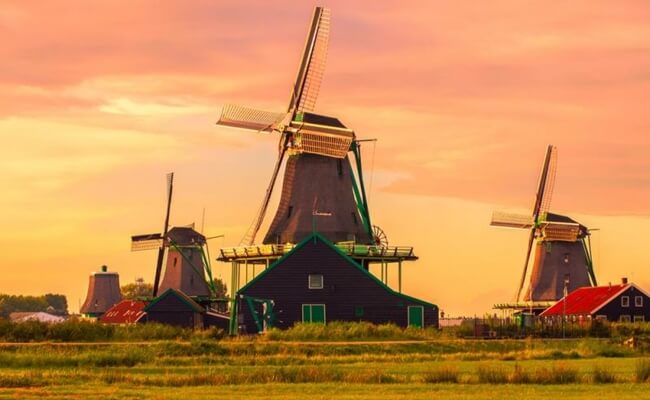
This village is a UNESCO World Heritage site, so you know it’ll be fantastic. Kinderdijk has the greatest collection of historic windmills in the Netherlands, totaling 19! If you’ve been yearning some obligatory Dutch windmill photos for your Instagram, this hamlet is an absolute must-see.
Suppose you want to learn more about the history of this lovely area. In that case, you can purchase tickets for a tour of two windmills converted into museums, or you can simply appreciate these amazing constructions from afar.
Loosdrecht: have fun and go on a vacation.
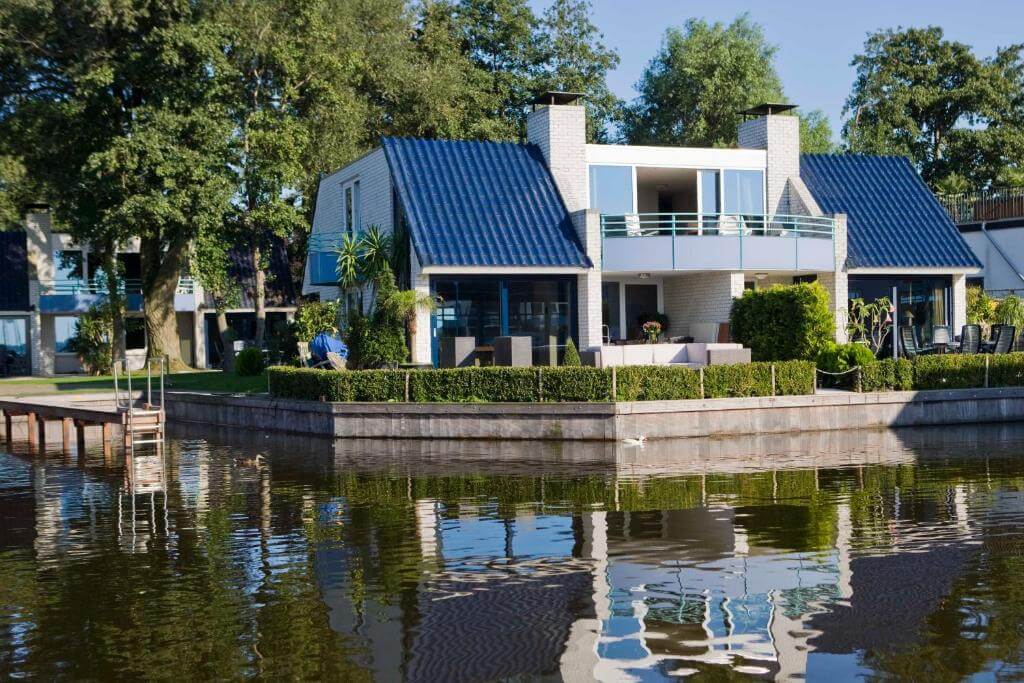
This Dutch village is ideal for visiting in the summer because of the lakes surrounding it — the Loosdrechtse Plassen. It is two villages: Old Loosdrecht and New Loosdrecht.
Old Loosdrecht is mostly made up of lovely lakeside mansions and is a popular hangout for the wealthy. New Loosdrecht, on the other hand, is more crowded and less elite.
However, as a tourist, both sides of the village are worth seeing. While you’re there, you can enjoy the lakes by boat or from the shore.
Vinkeveen: a water nymph.
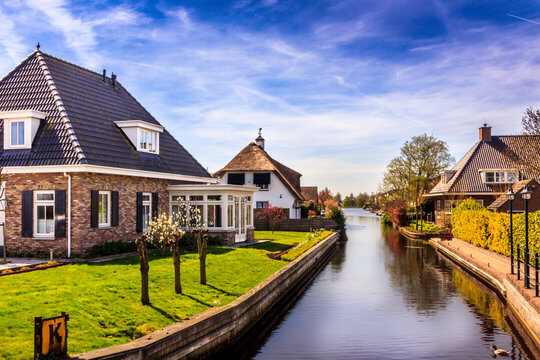
If you’re in Utrecht, you should stop at Vinkeveen, another fantastic village with stunning views from above and charming streets.
Vinkeveen is well-known for its lakes, as seen in the image above. They’re utilized for swimming, diving, and boating on the three days a year when the weather in the Netherlands is nice.
Lisse: fantastic tulips Dutch village
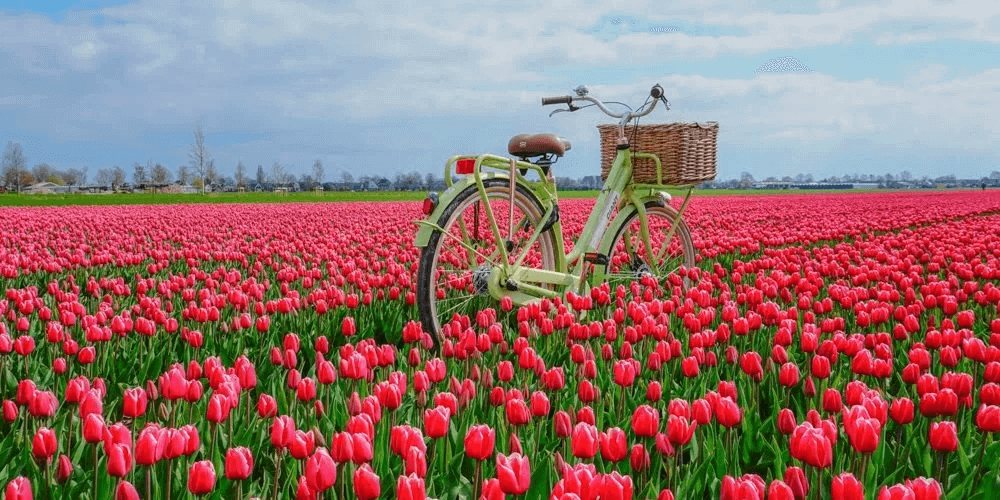
We all know you moved to the Netherlands for the tulips, so you can pretend all you want. Lisse is close to Keukenhof, the cough slightly pricey cough park with more tulips than you’ll ever need.
When visiting Lisse, you may view not only the splendor of seemingly infinite flower fields, but also a charming village! You can also feel good about avoiding a tourist trap.
Waterland Broek Village: Insta-worthy and ultra-Dutch
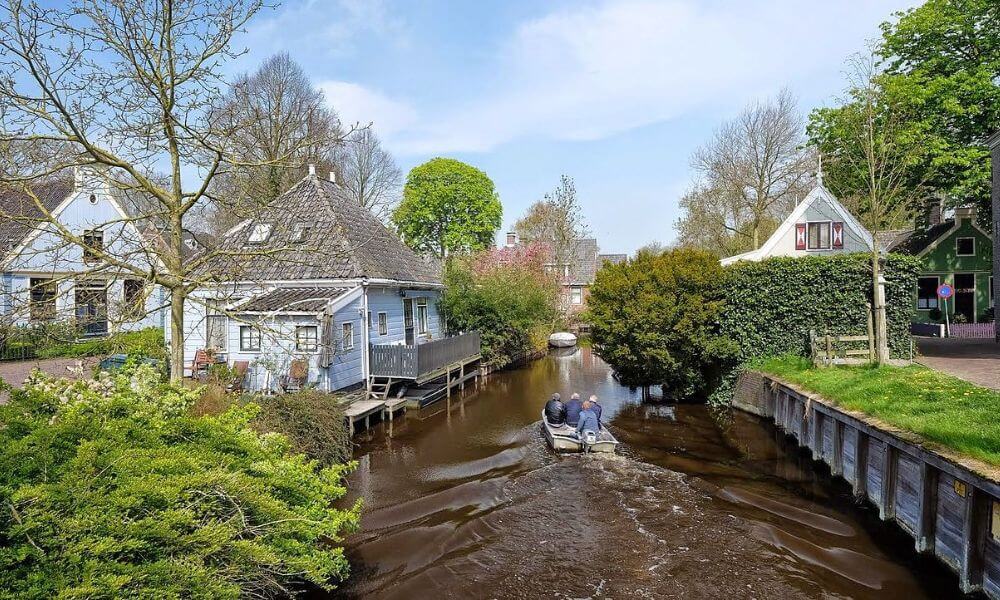
Broek in Waterland, in our opinion, is the most stunning of Dutch villages! It’s also very near to Amsterdam! (It also has one of the most Dutch names for a village we’ve ever heard.)
Because of its proximity to the capital, it becomes a bit overwhelmed with tourists (as does Amsterdam), who all naturally want to experience rural Dutchness without venturing too far outside the city.
It has been a tourist destination for years, serving as a vacation town in the 17th and 18th centuries, and with monument status, the hamlet has been exceptionally well conserved.
If you want to satisfy your wanderlust and Instagram account, some houses are pastel colored or white, making the entire town very aesthetically beautiful.
Bronkhorst: a town? In a way?
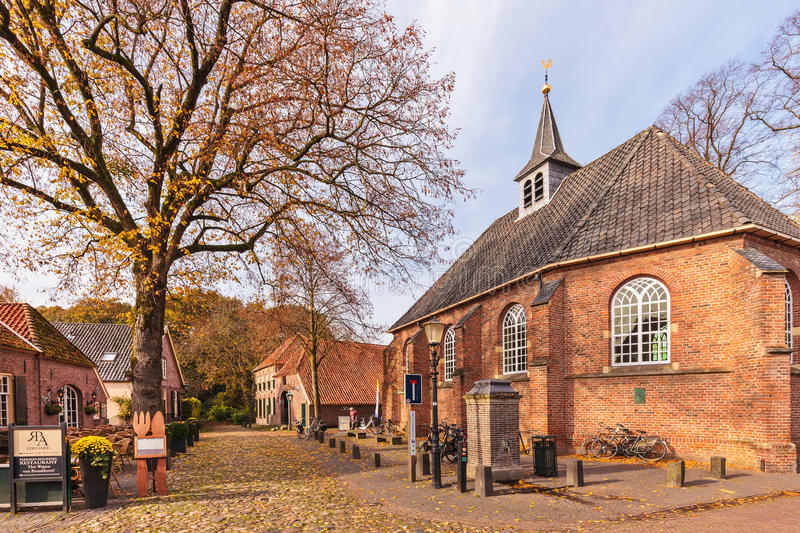
Bronkhorst is quite far from Amsterdam. However, the Dutch public transportation system is excellent. And, furthermore, this hamlet — or, more accurately, metropolis — is well worth the trip.
Despite having only 157 residents, Bronkhorst was awarded city powers in 1482. That means it has (rather restricted) self-government.
It’s a beautiful village to stroll through, with peaceful lanes, lovely Dutch buildings, and plenty of greenery. There are also several pretty great biking routes in the village’s surrounds.
Thorn’s journey from swamp to splendor
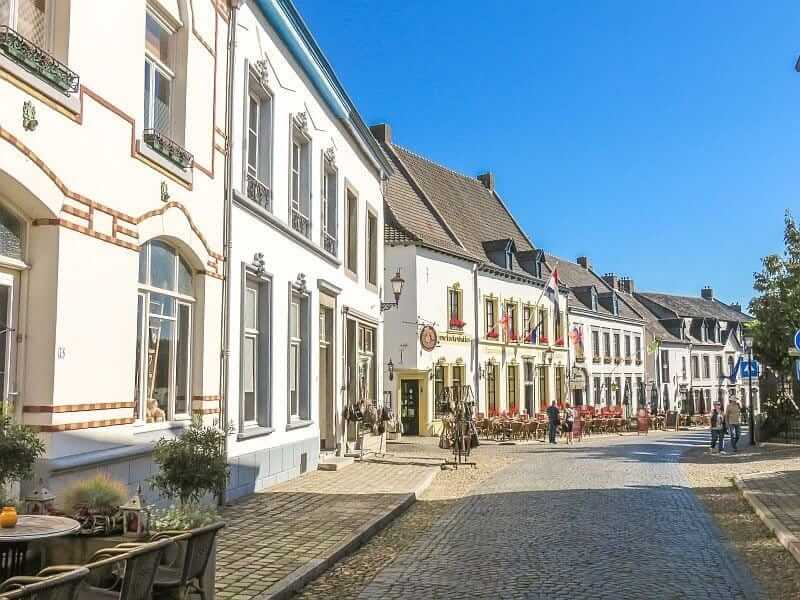
Thorn, in Limburg, offers a wonderfully cool mix of great architecture and rich history. For obvious reasons, it is known as the white village: all of its classic Dutch brick houses have been whitewashed, giving it a lovely clean, summery vibe.
Thorn started off as a marsh near the Roman road connecting Maastricht and Nijmegen. The wetland was drained, and a monastery was built in the 10th century.
This monastery was converted into a convent in the 13th century. The nuns created wine, which is still made and served in the community, despite the convent closing in the 18th century.
There are also two 14th-century mummies in the Abdijkkerk, whose identities are unknown.
The ultimate guide to Keukenhof Gardens & Lisse Tulip Fields in 2022
